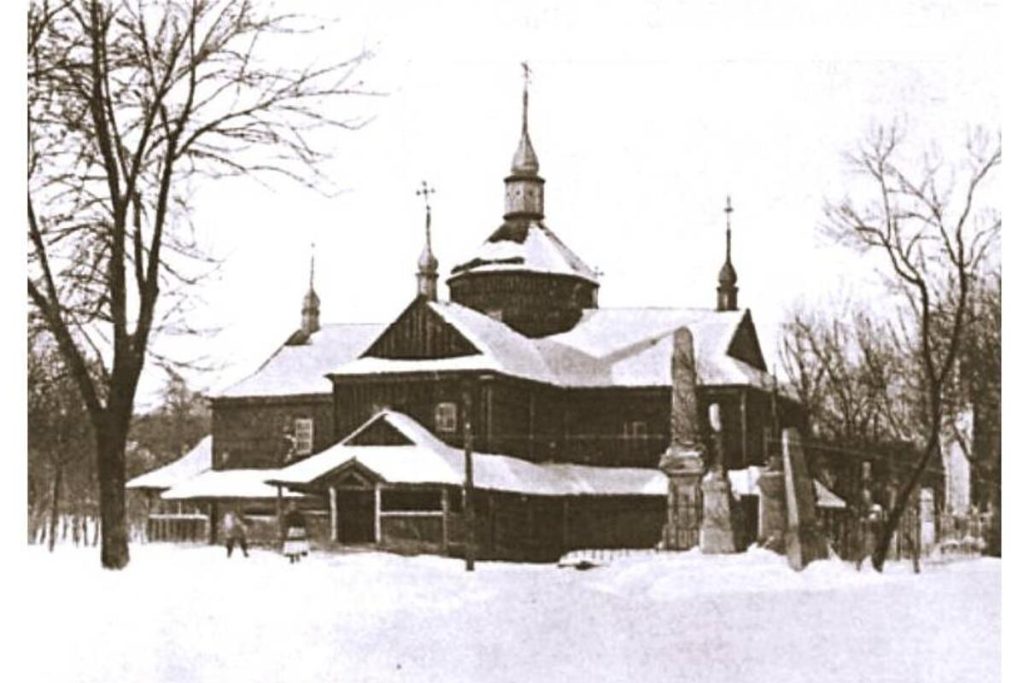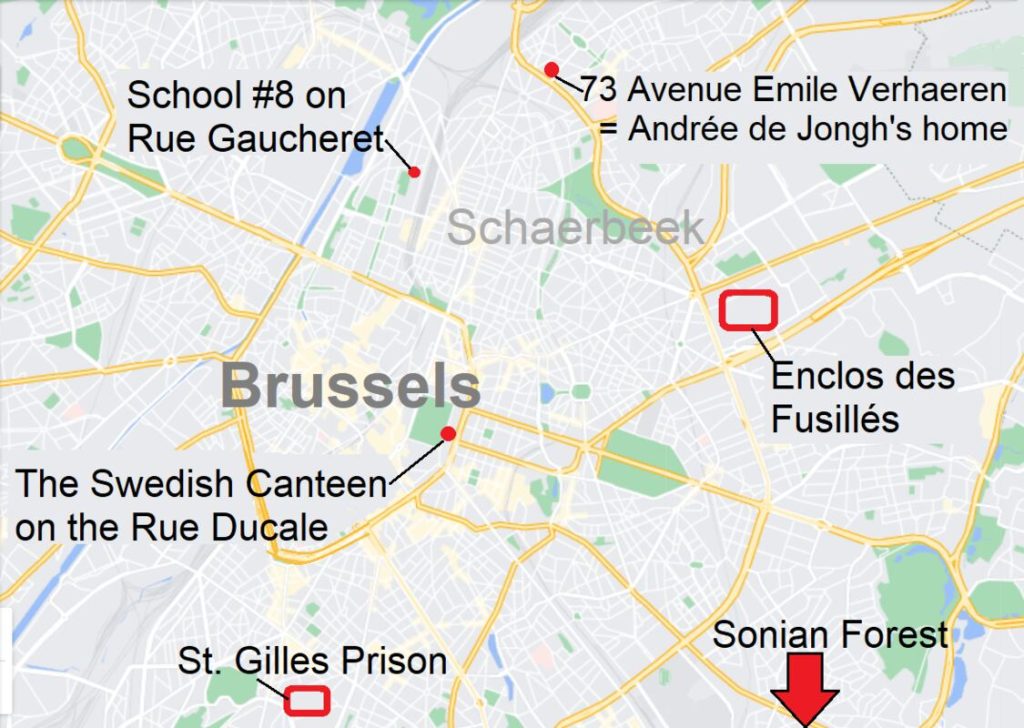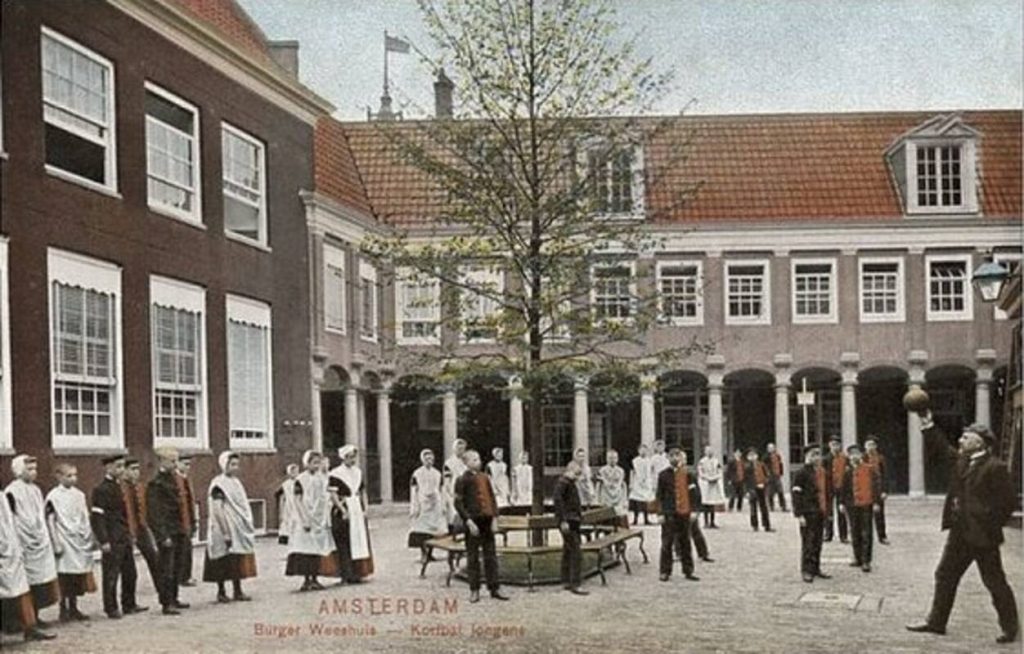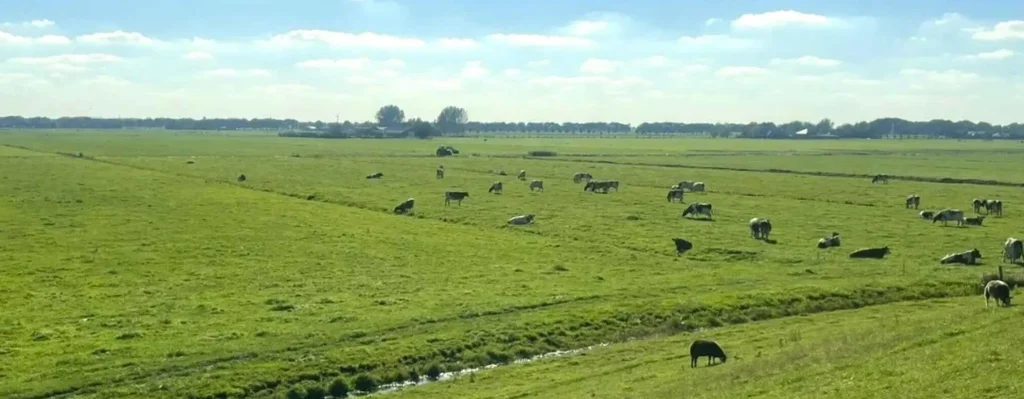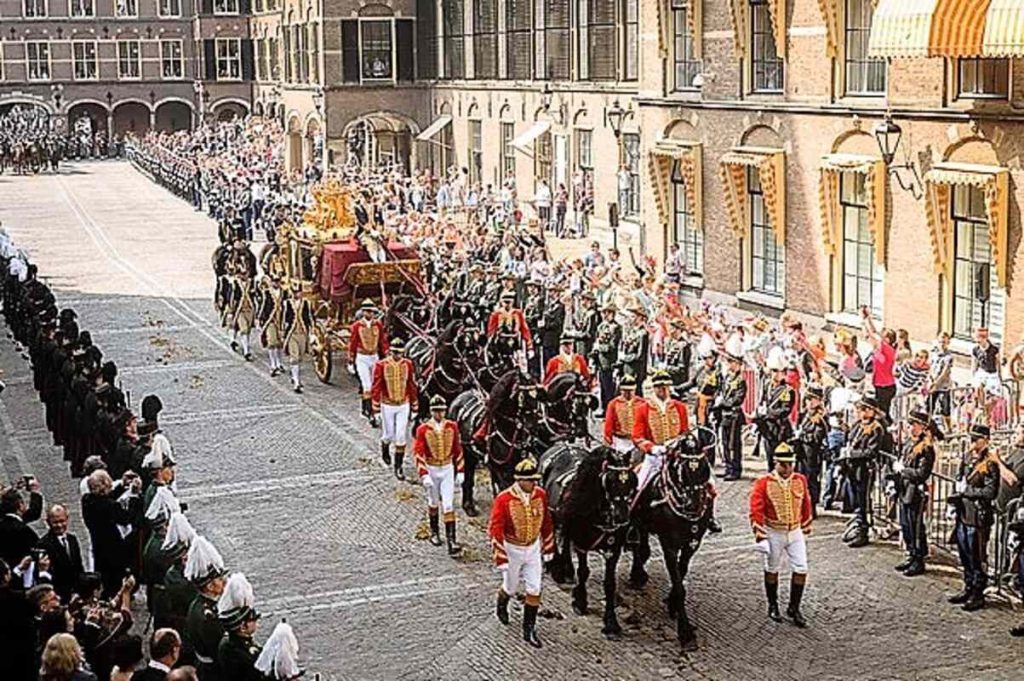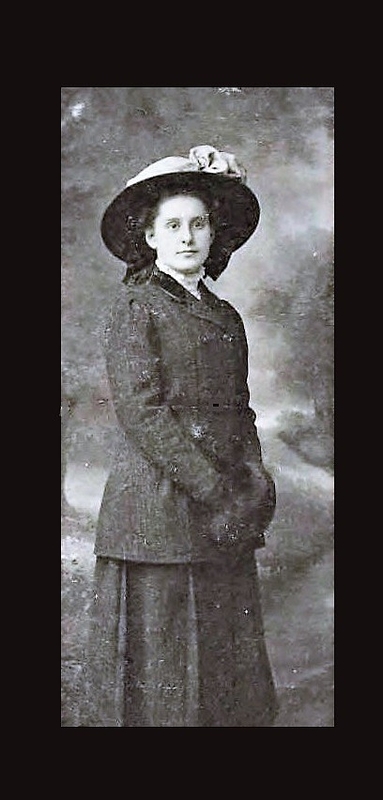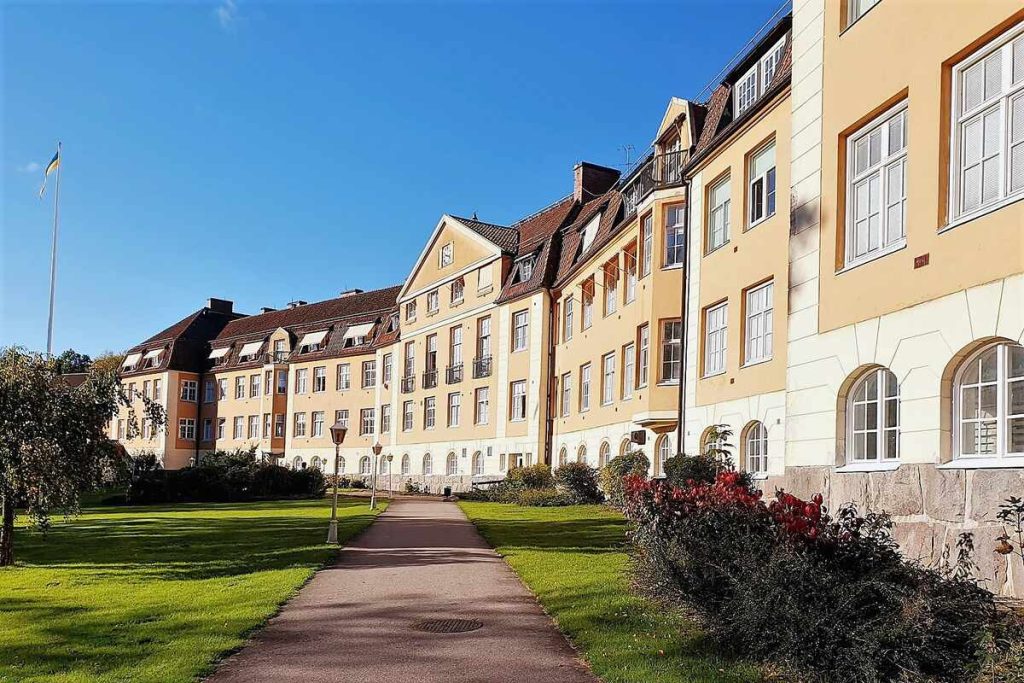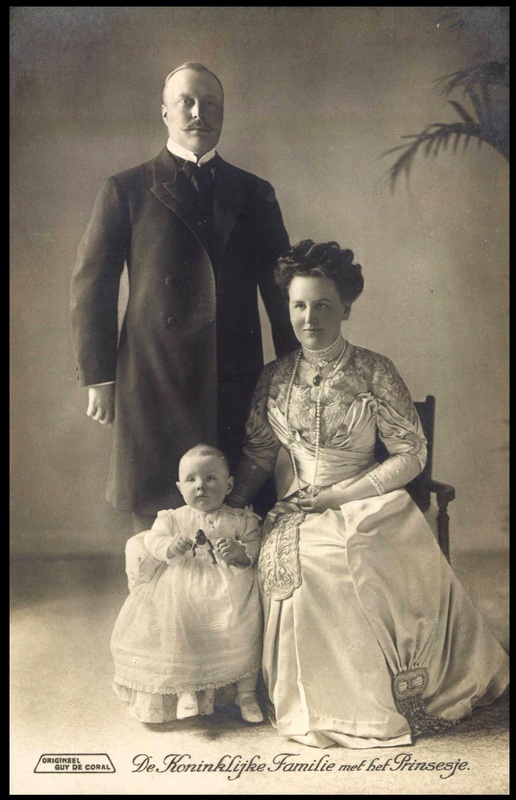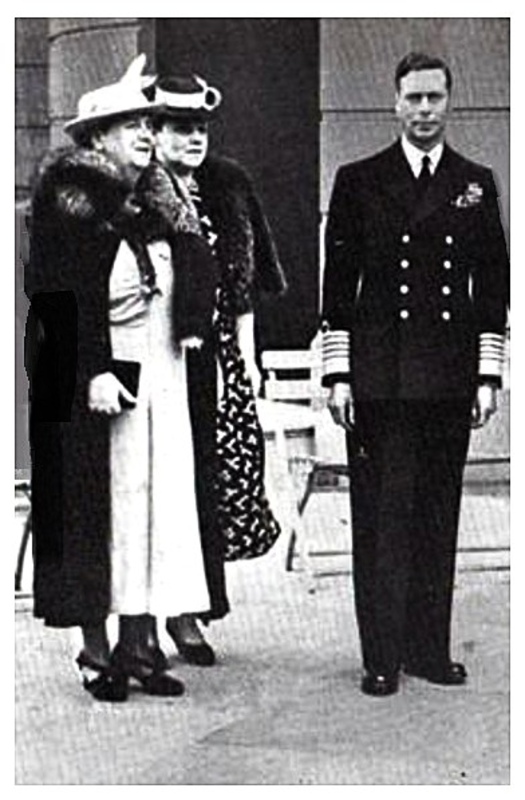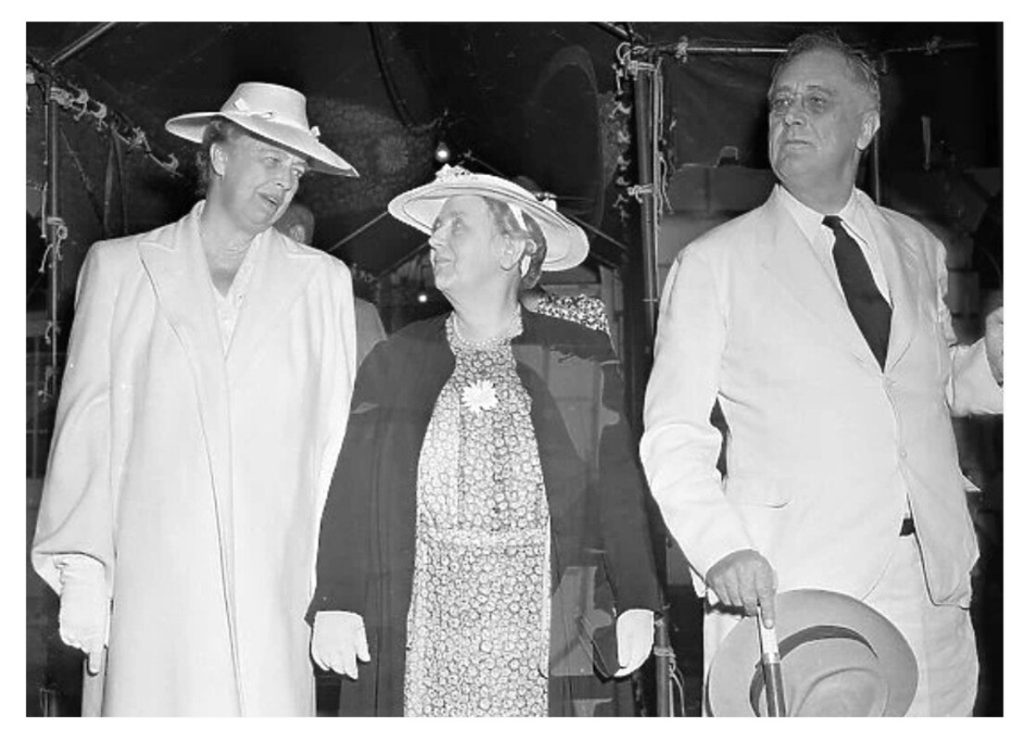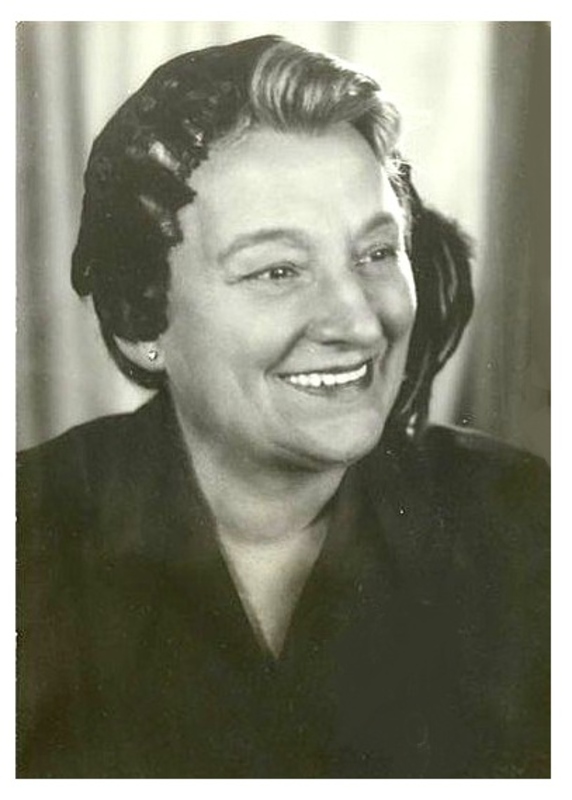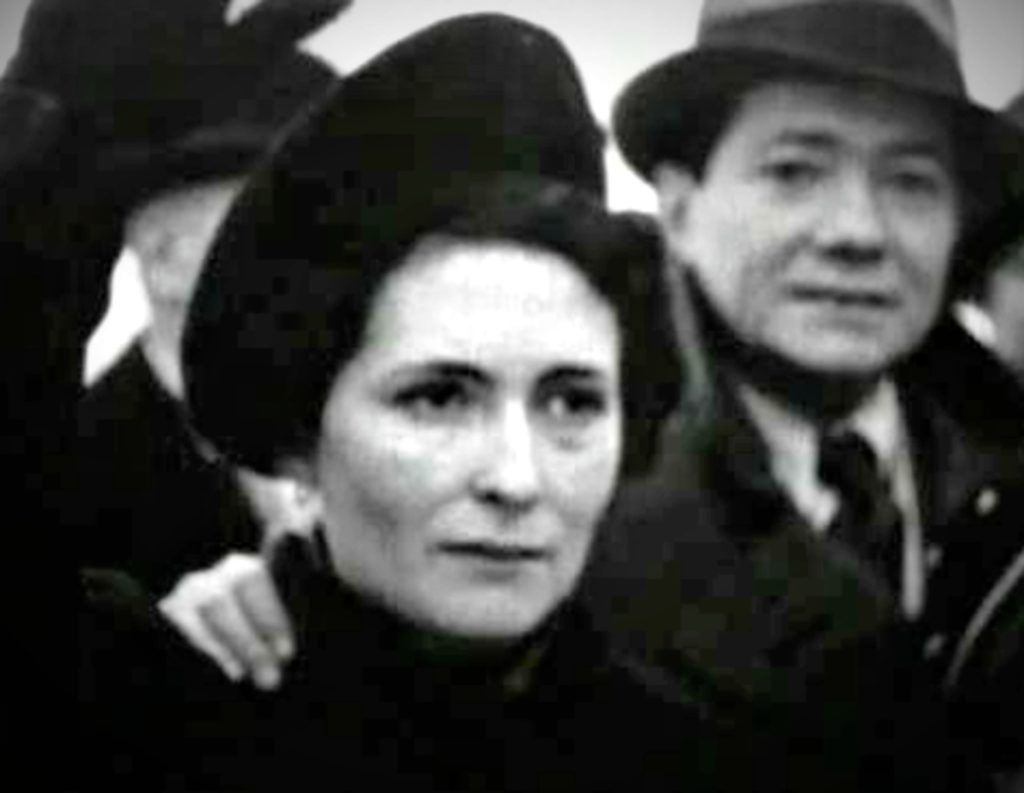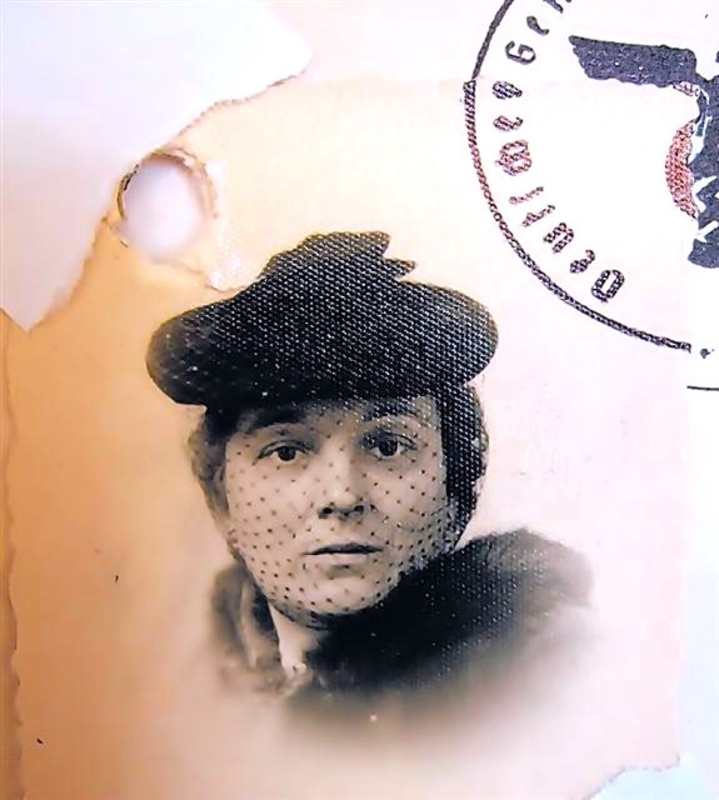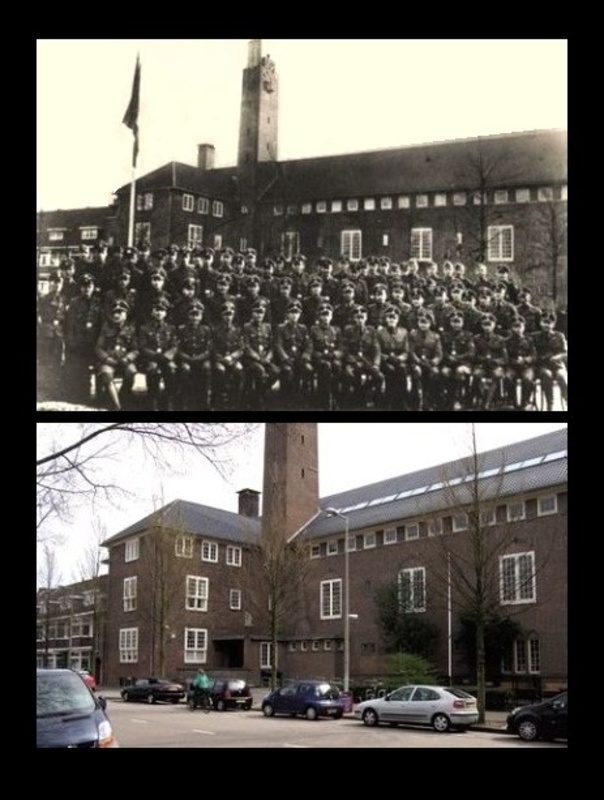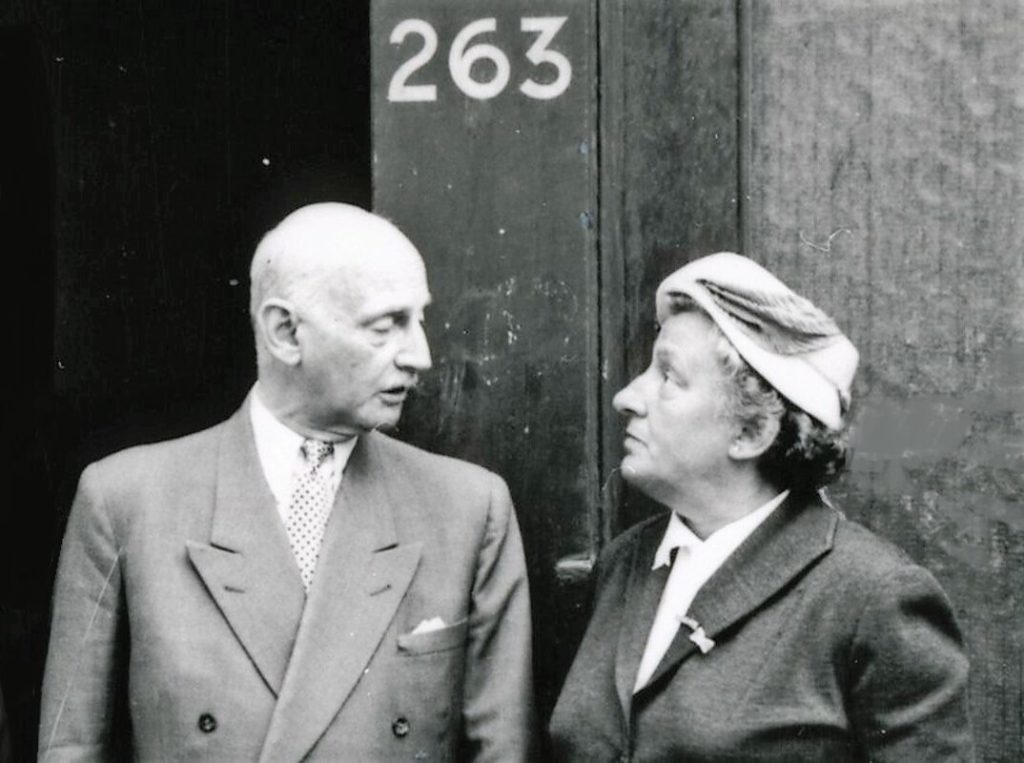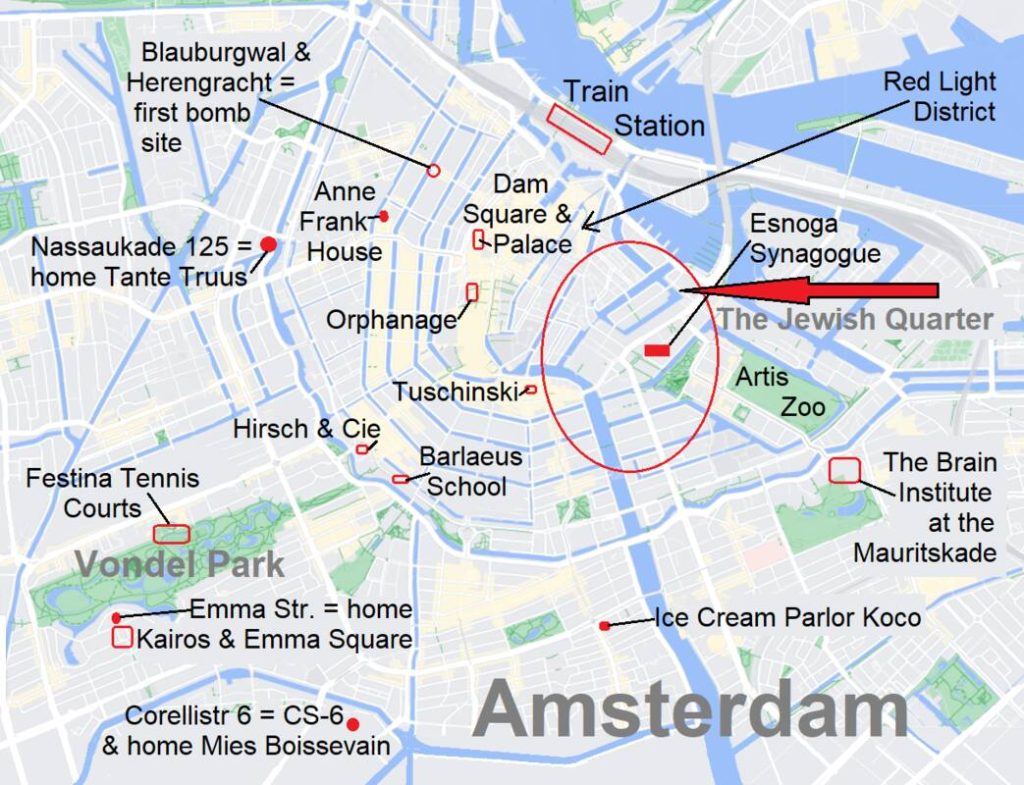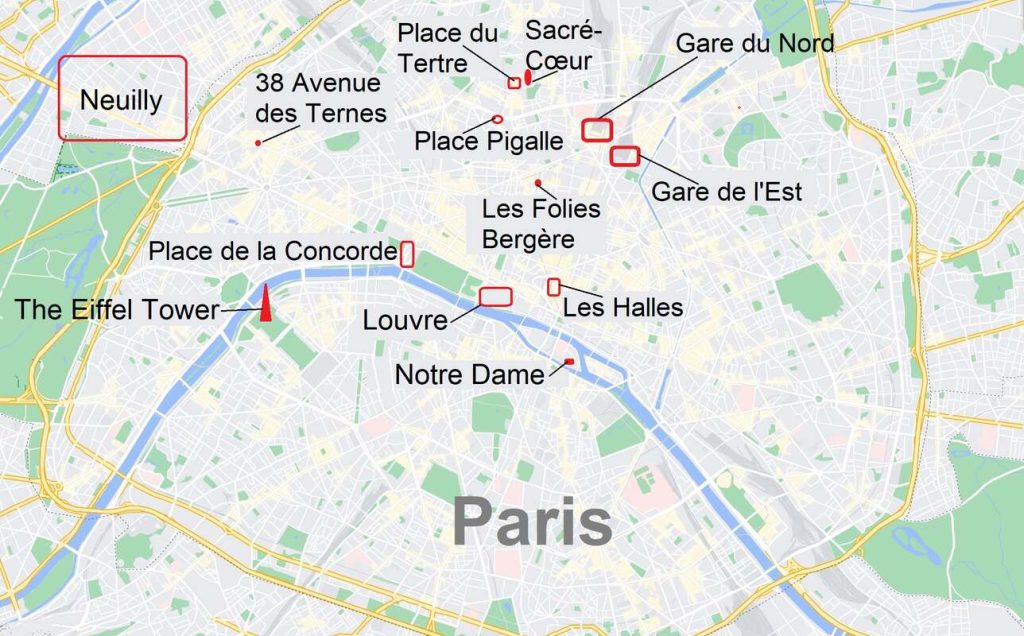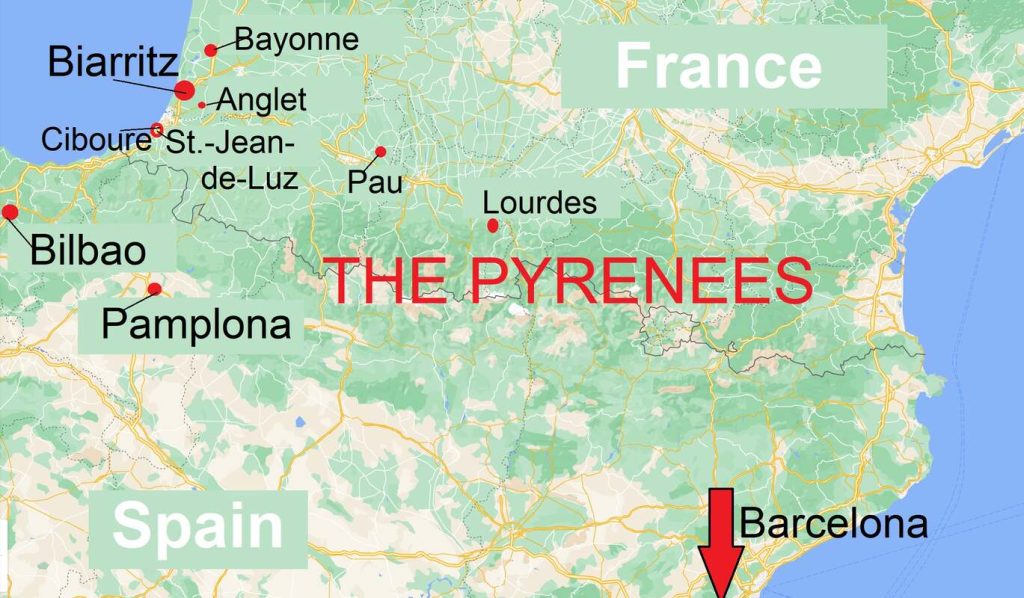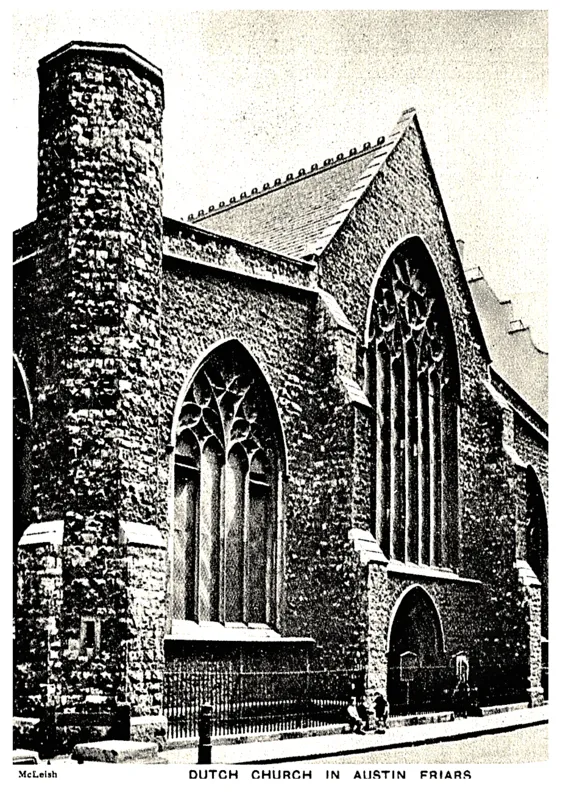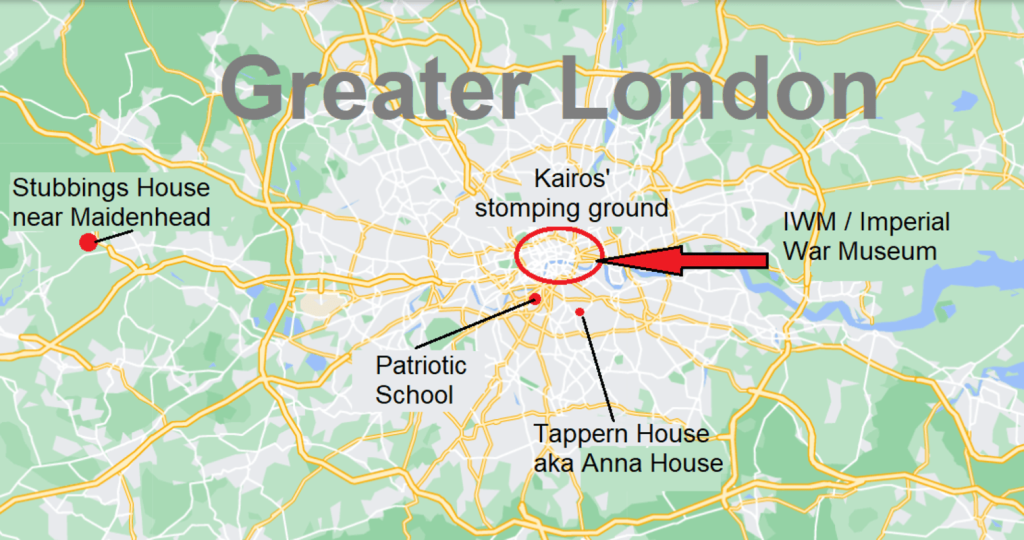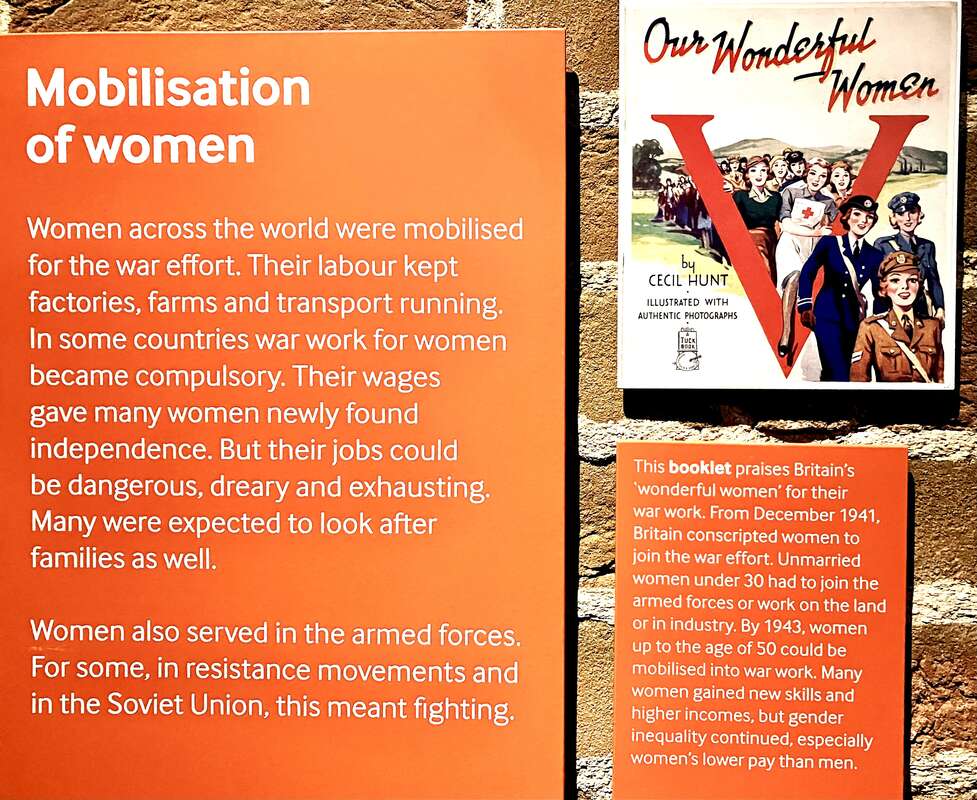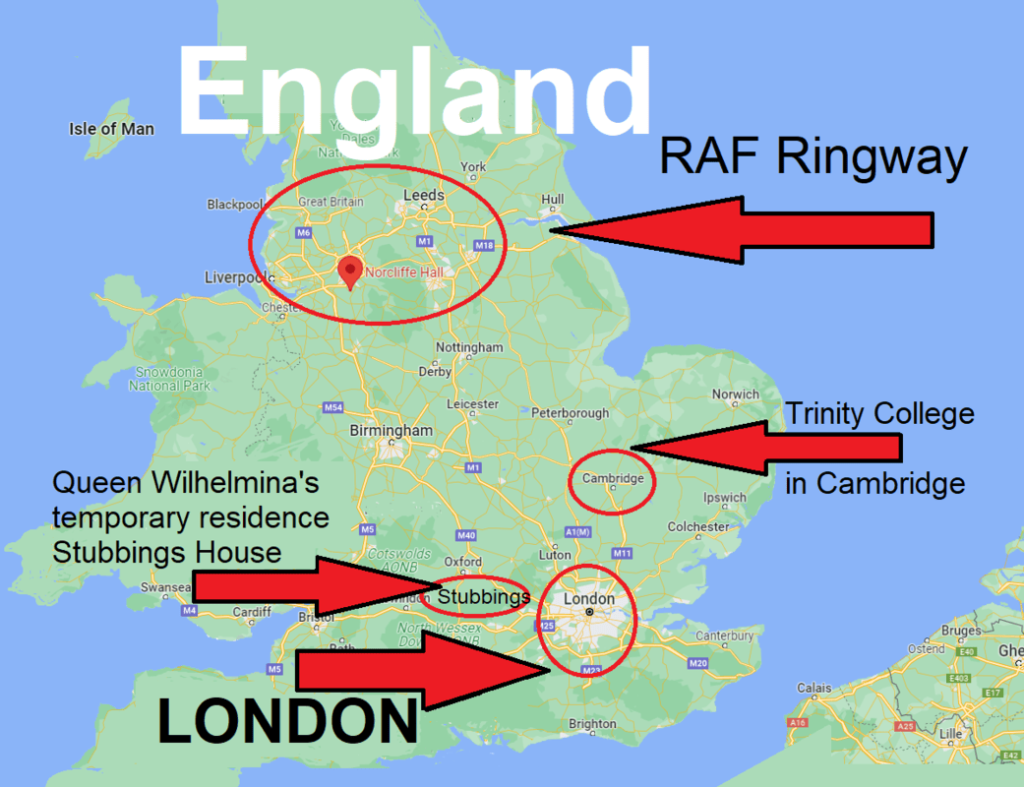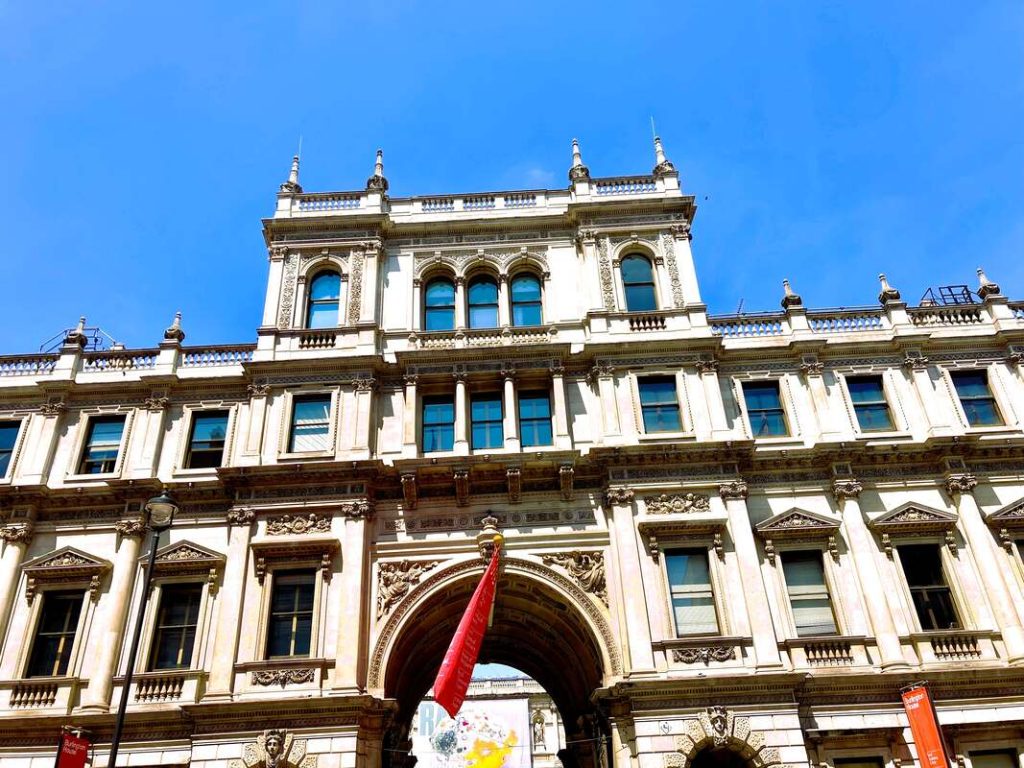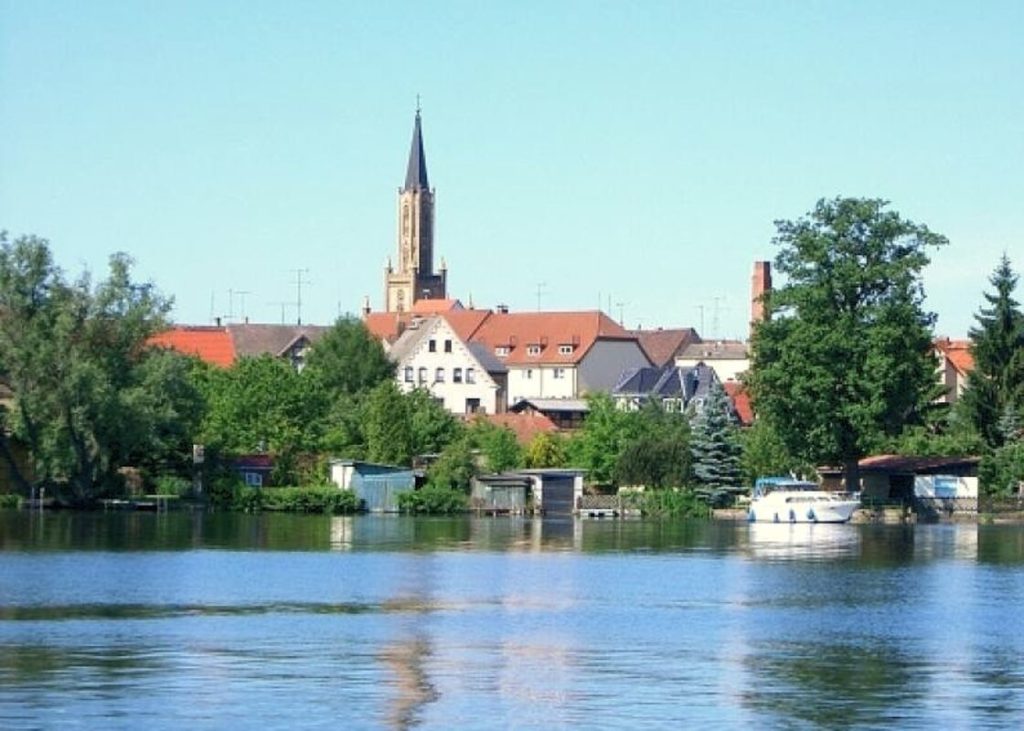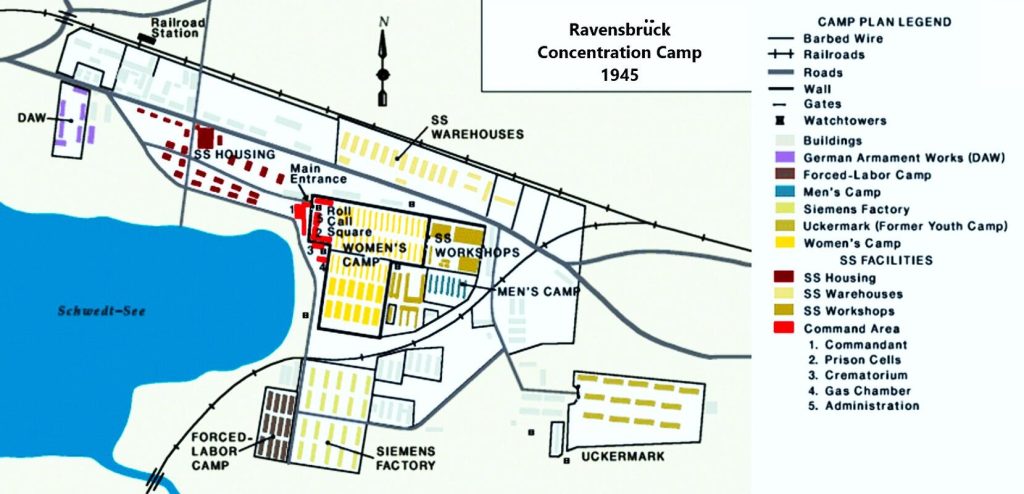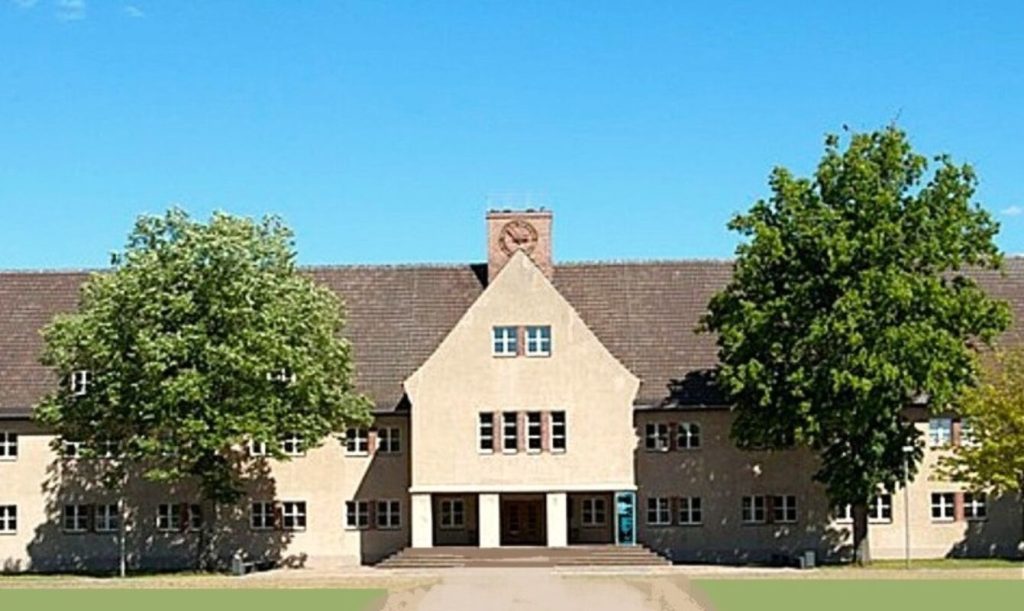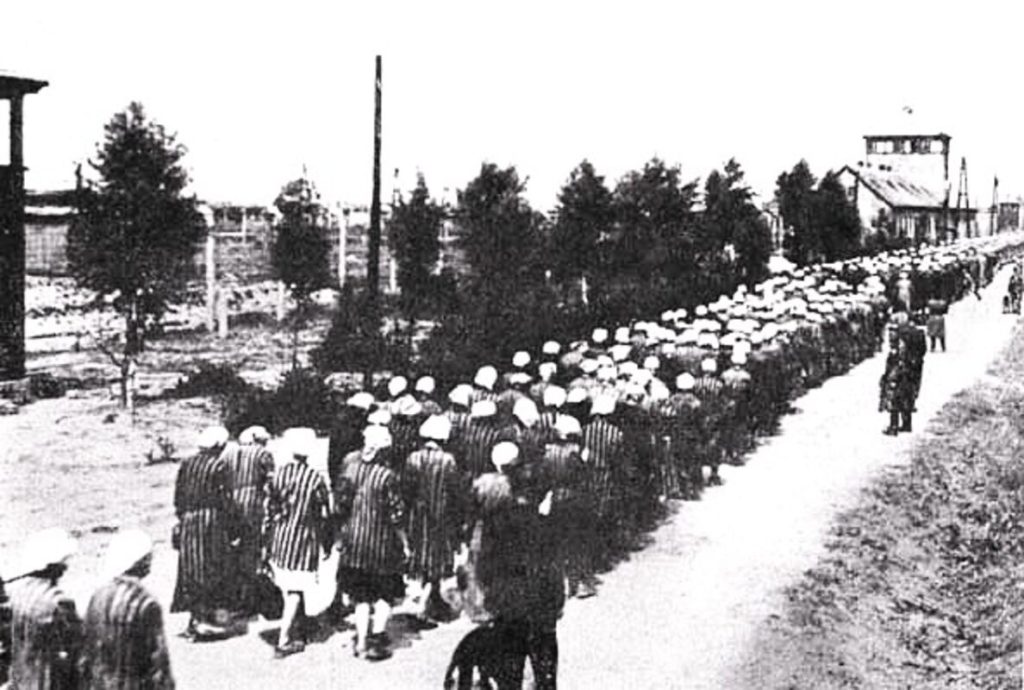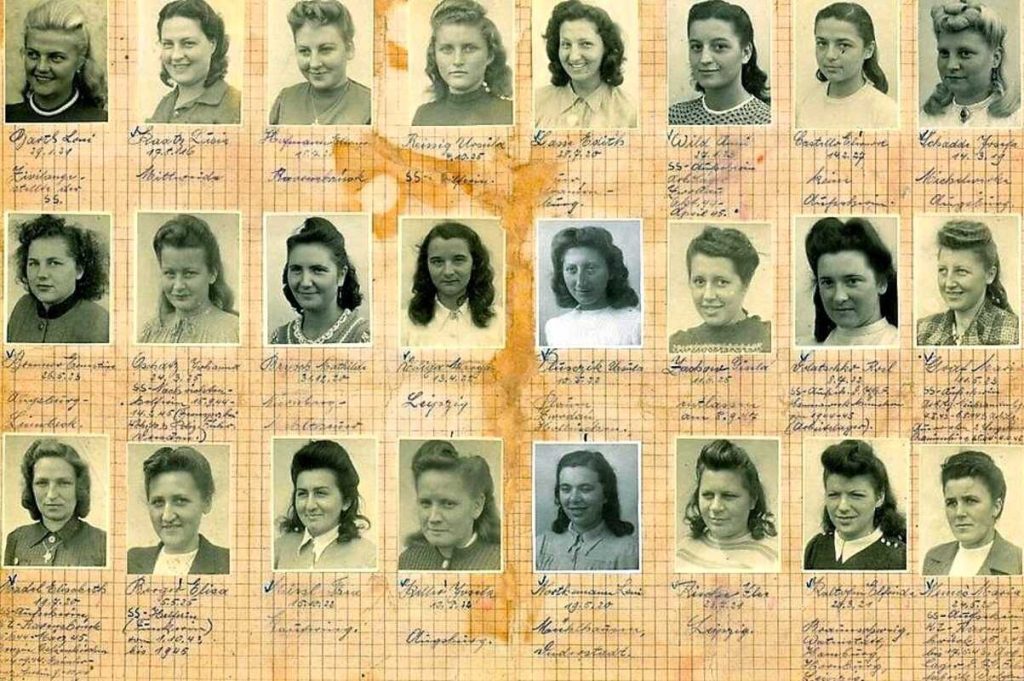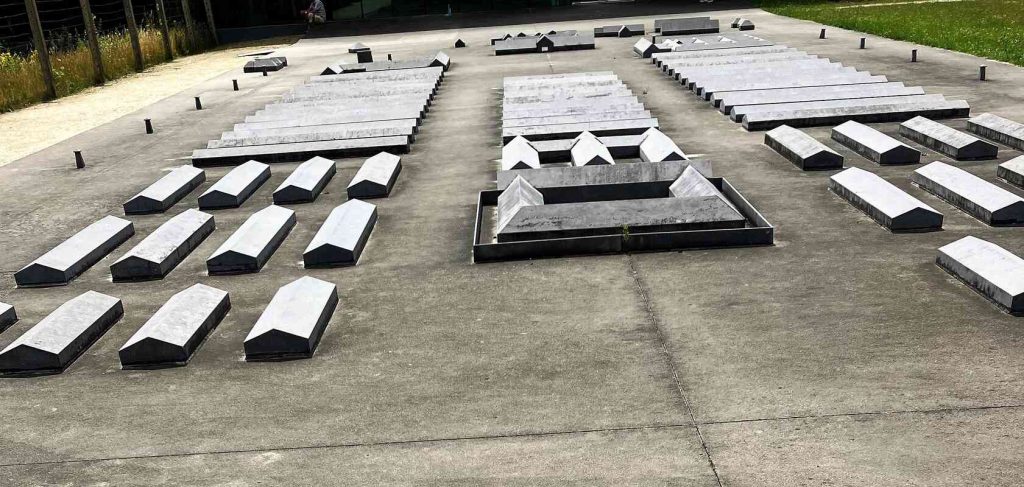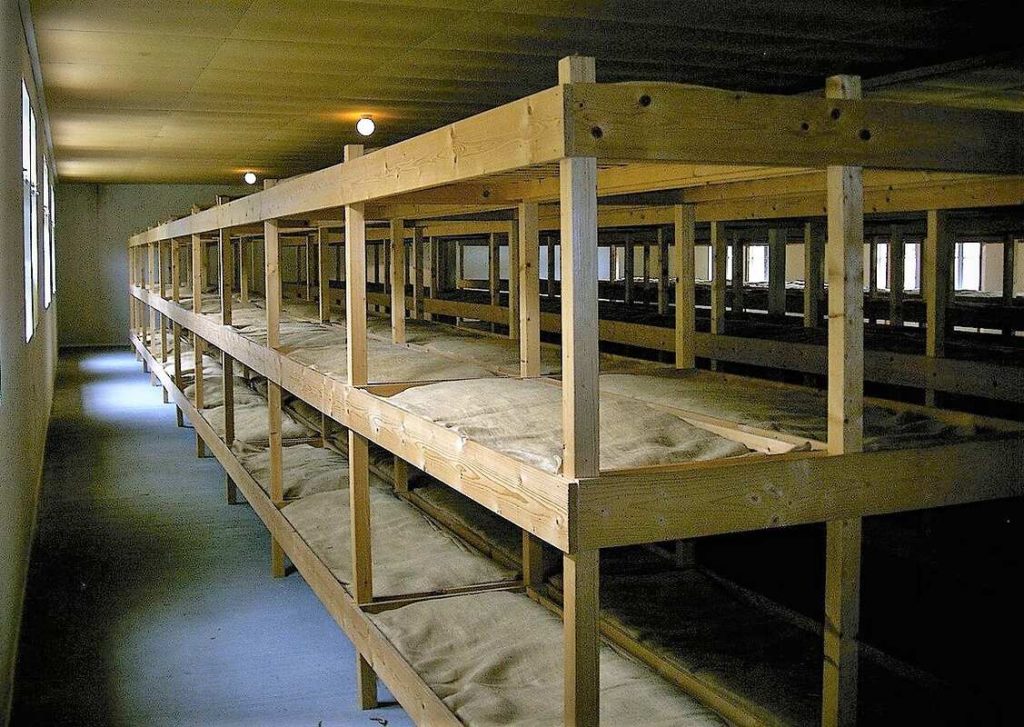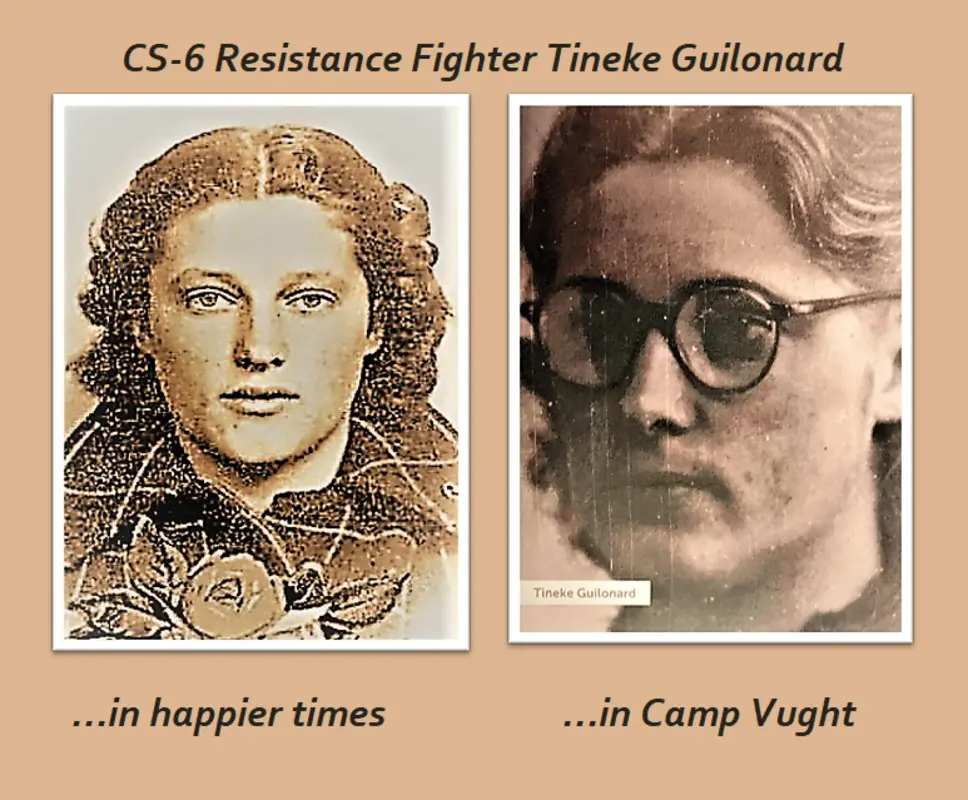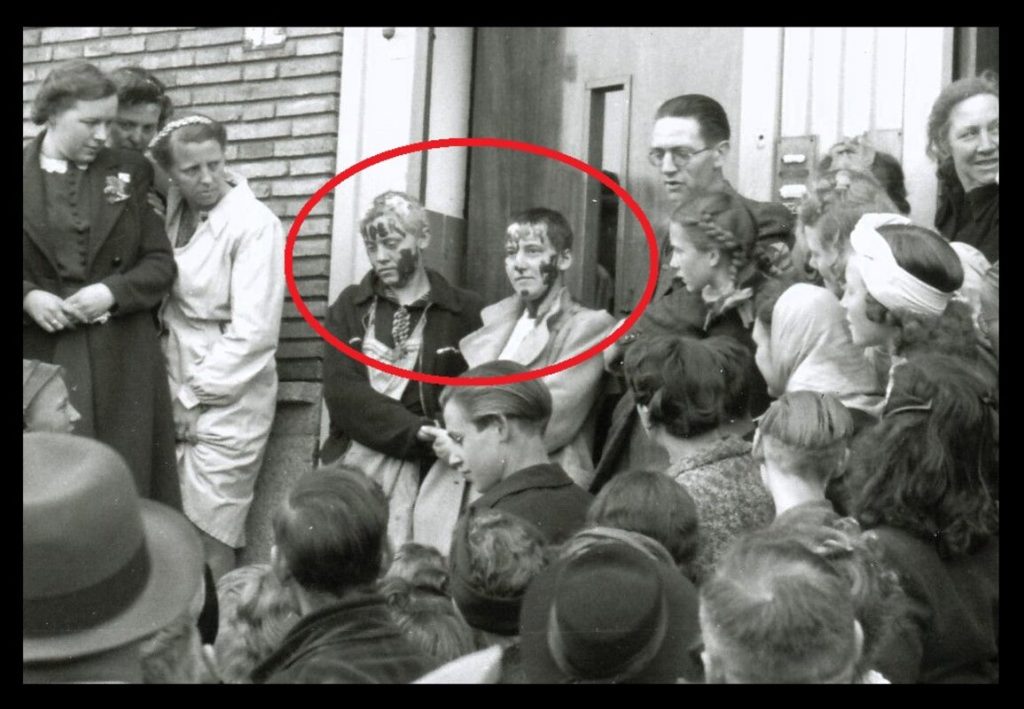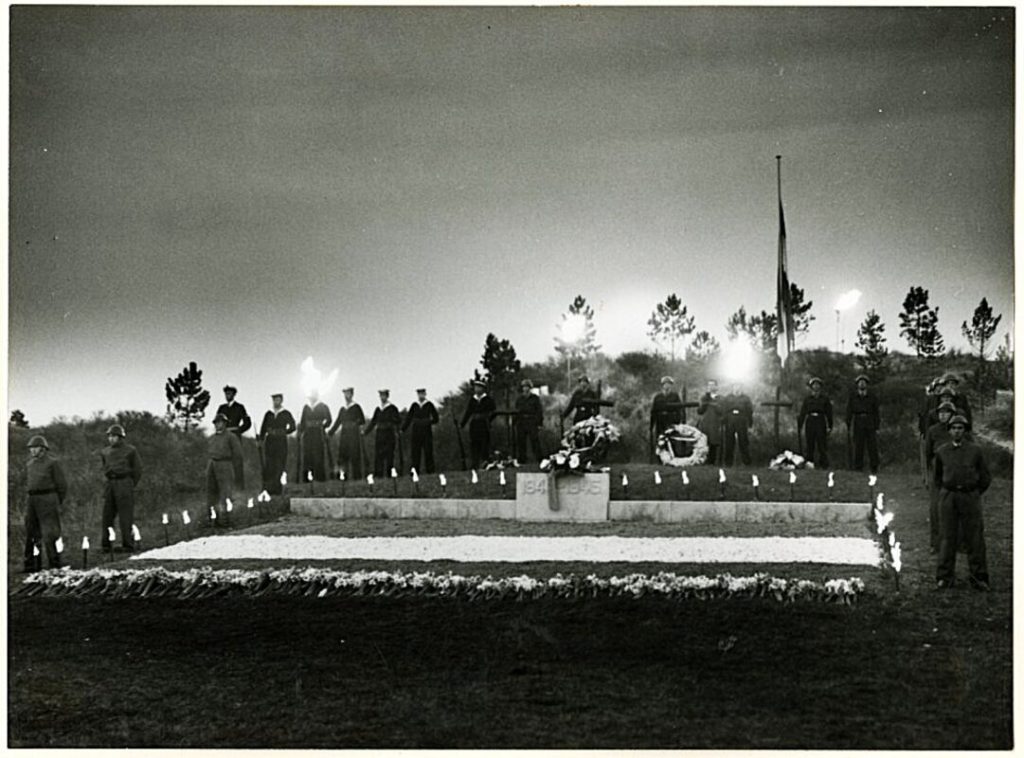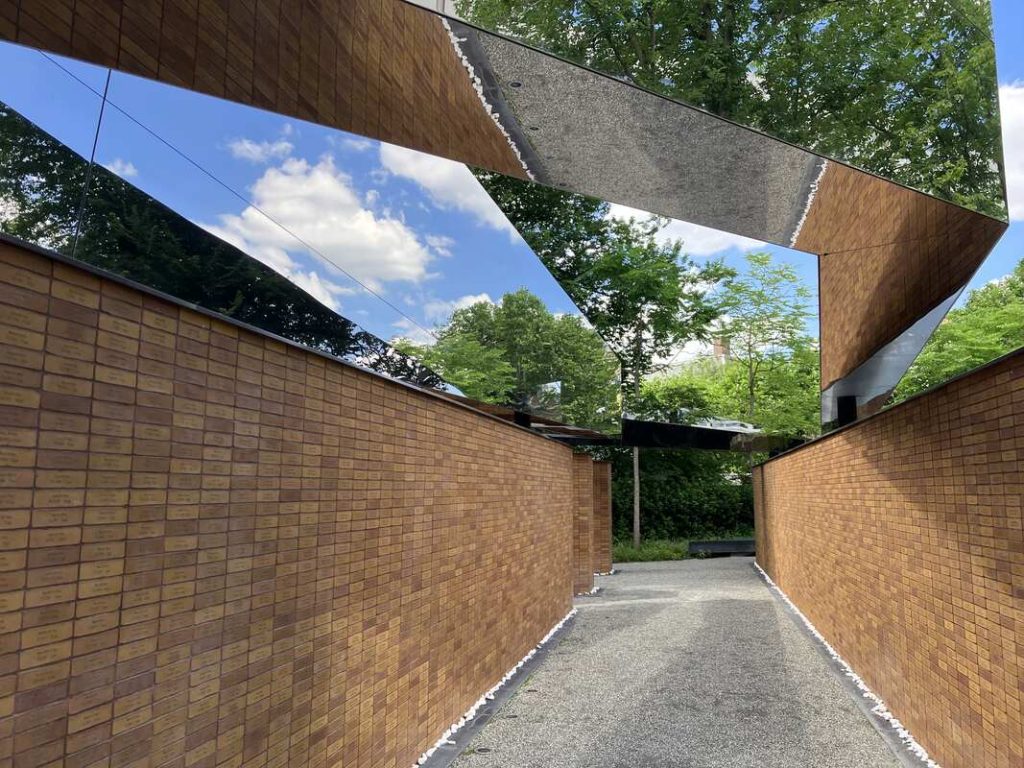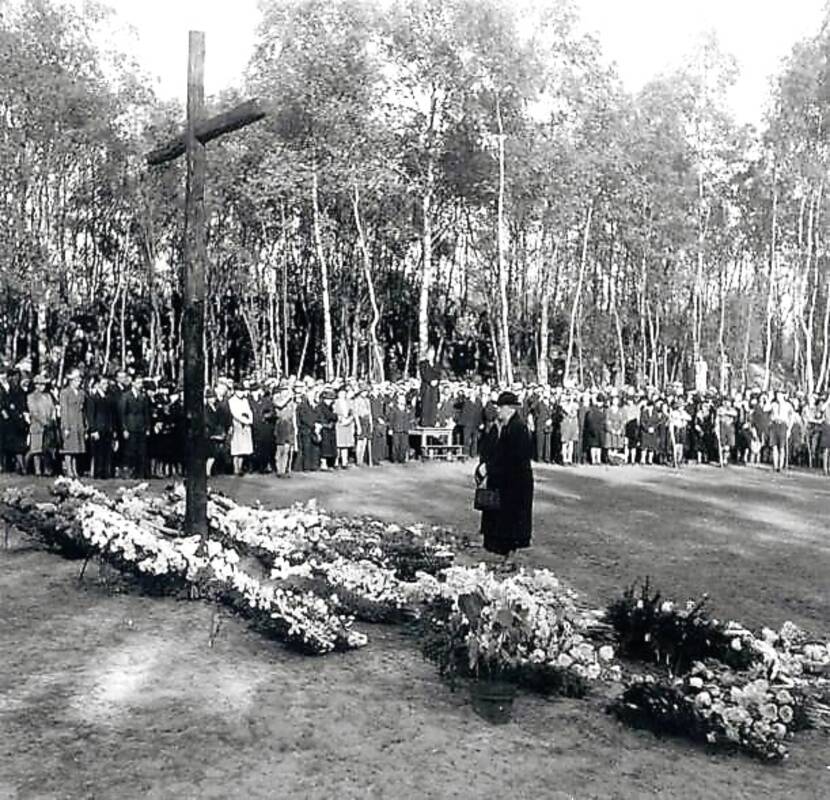DÉDÉE– In France

Unknown photographer
Because she was a petite, demure female, she was time and again underestimated by the smugglers, by the escapees, by the men at the British consulate, and by the Nazis. The latter couldn’t believe that a mere slip of a girl could cross the Pyrenees on foot over twenty times and was the leader of a network which ultimately saved the lives of more than 750 people. This probably saved her life when she was captured in 1943, and she ended up in prisons all over Belgium, France, and Germany. Ultimately, she ended up in the notorious death camps of Ravensbrück and Mauthausen, but survived.
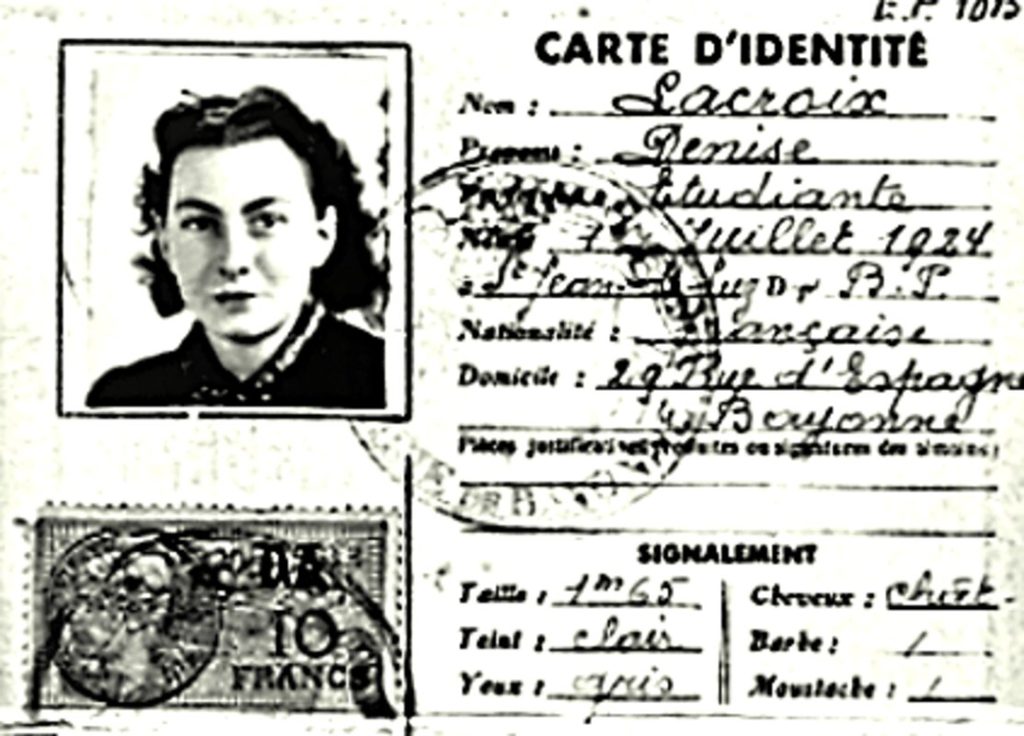
– Posing as Denise Lacroix
Unknown photographer
These were the papers of “Denise Lacroix,” alleged student, who led the Nazis to believe that a “dumb little lady” prattling on about her boyfriend could not possibly be the head of one of the largest Escape Lines.
Since both men with whom Dédée thought she would be running the Escape Line were arrested, she ended up making the first track across the mountains with just an unknown Basque “mugalari,” (/ moo-gu-laa-ri) /). This Euskara word for “borderline” also referred to the mountain guides who took refugees across the Pyrenees Mountains between France and Spain. They were often locals who despised the Franco as well as the Nazi regime.
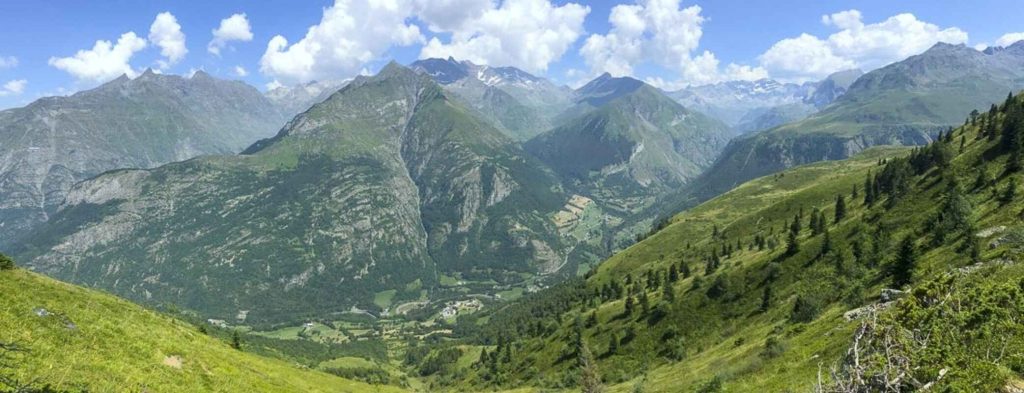
Picture credit: Jorinde
While the Pyrenees were more daunting than expected, they were not the athletic Dédée’s main problem; the mugalari were because they too did not think she would be up to the task. She had to pay them and undergo a “test” before they wanted to take her across!

Unknown photographer
The Bayonne train station was an important hub for the Comet Escape line, but it was also the place where Dédée saw her beloved father Kiki for the last time. In interviews, Andrée de Jongh stated that she somehow felt it would be “adieu” forever…
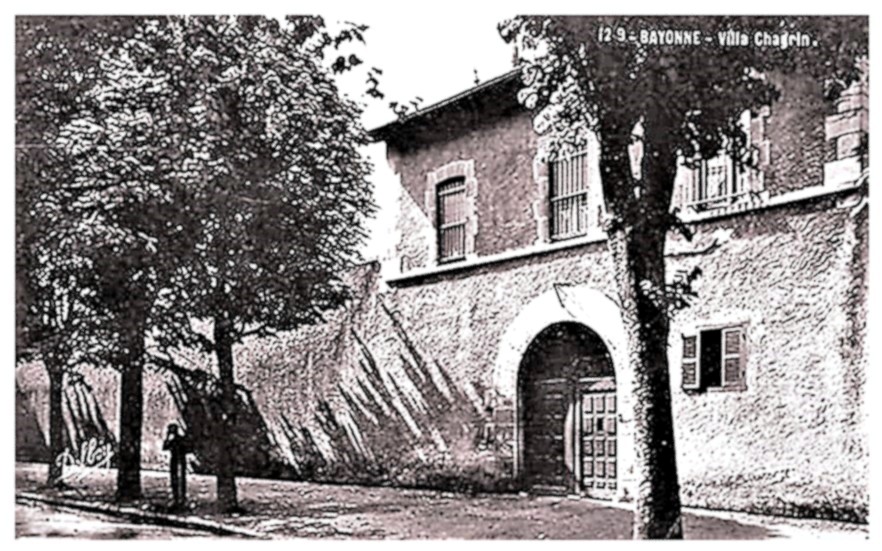
Unknown photographer
It also foreshadowed her own demise; the next day, on January 15th, 1943, Dédée de Jongh and several pilots were at a farmhouse at the foot of the Pyrenees when they were betrayed and captured by the Nazis. After having been moved around to various prisons, she ended up in the aptly named “Villa Chagrin” where she was left to rot in a completely dark, claustrophobic cell of a basement with hardly any food or water.
similar galleries
discover
JOIN MY NEWSLETTER
To receive announcements about new blogs, images, essays, lectures, and novels, please sign up.





